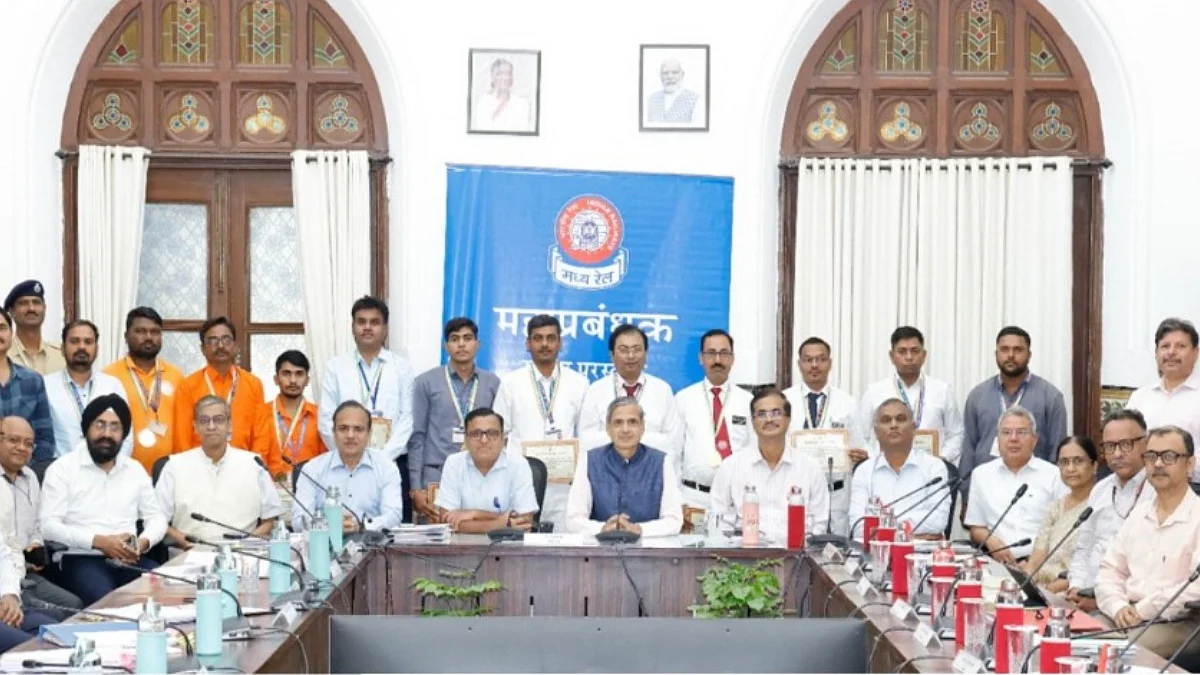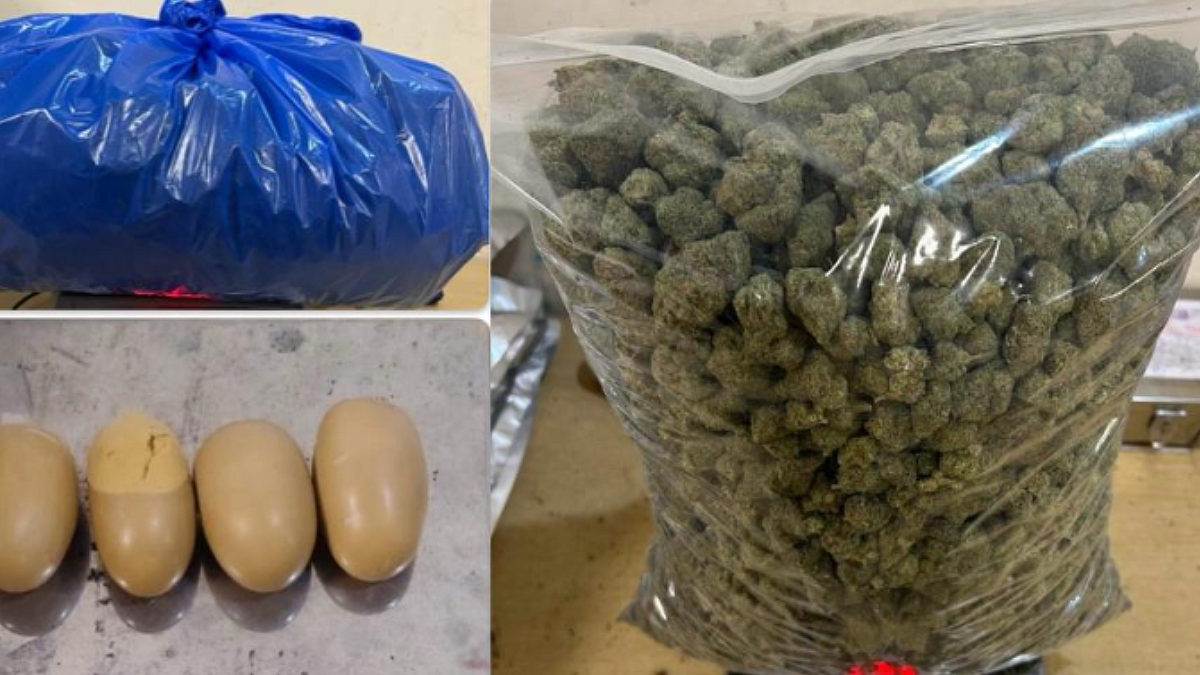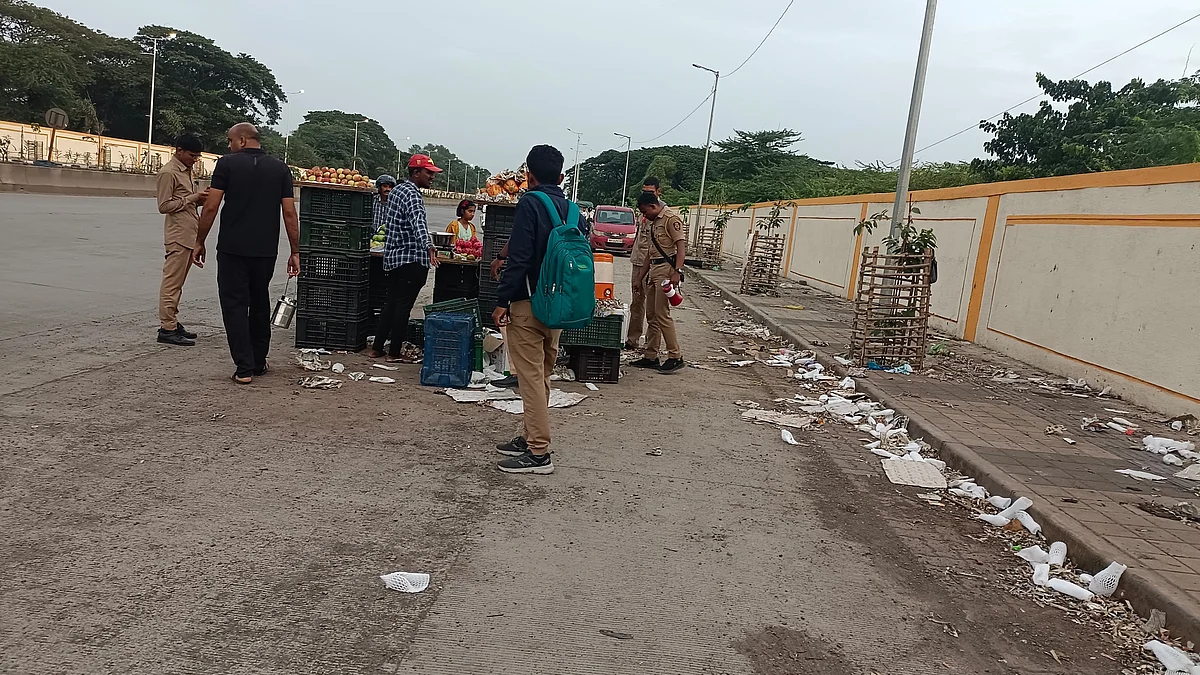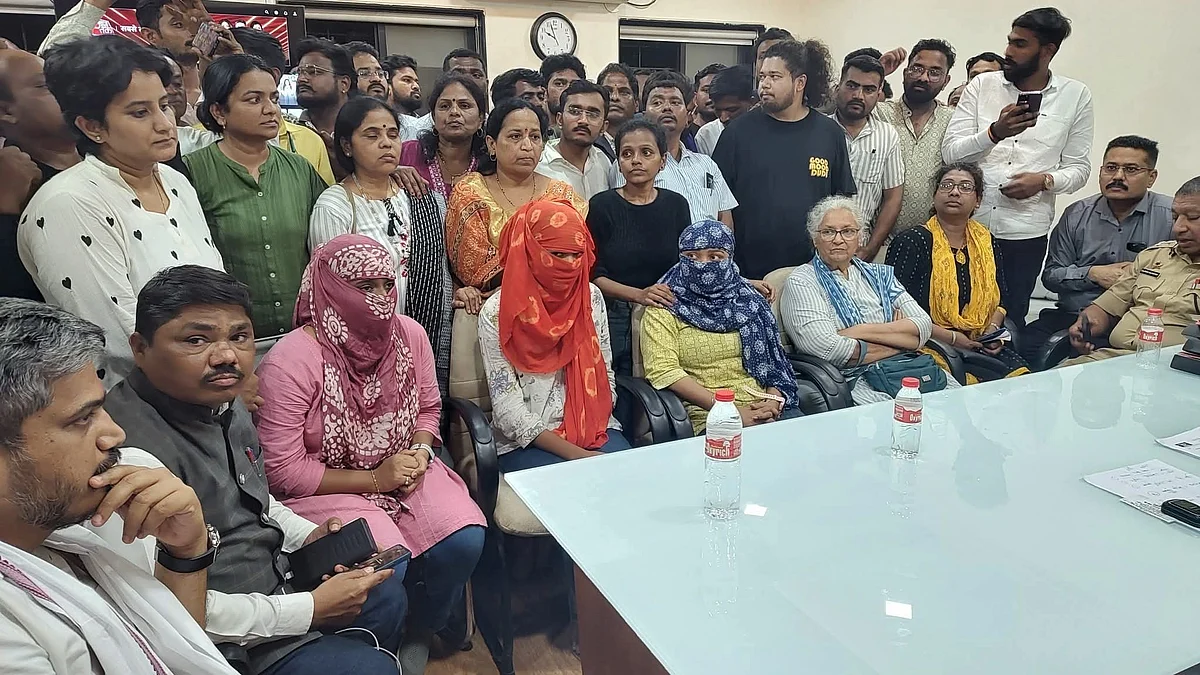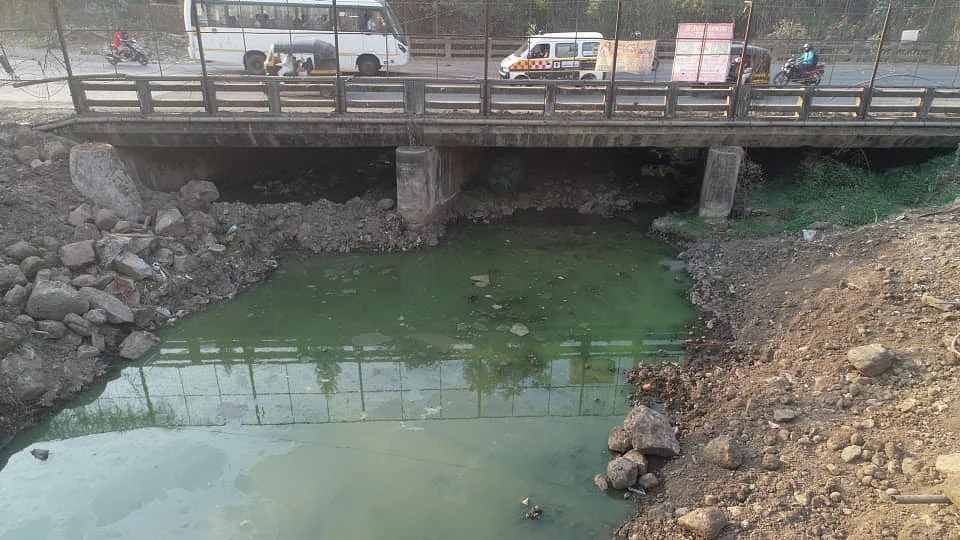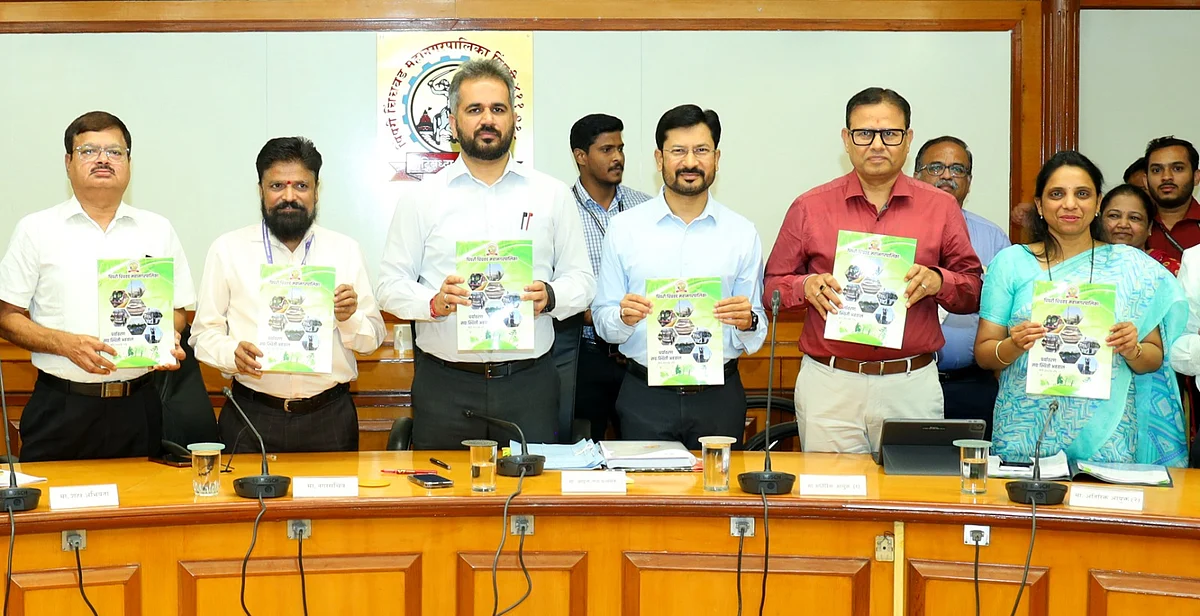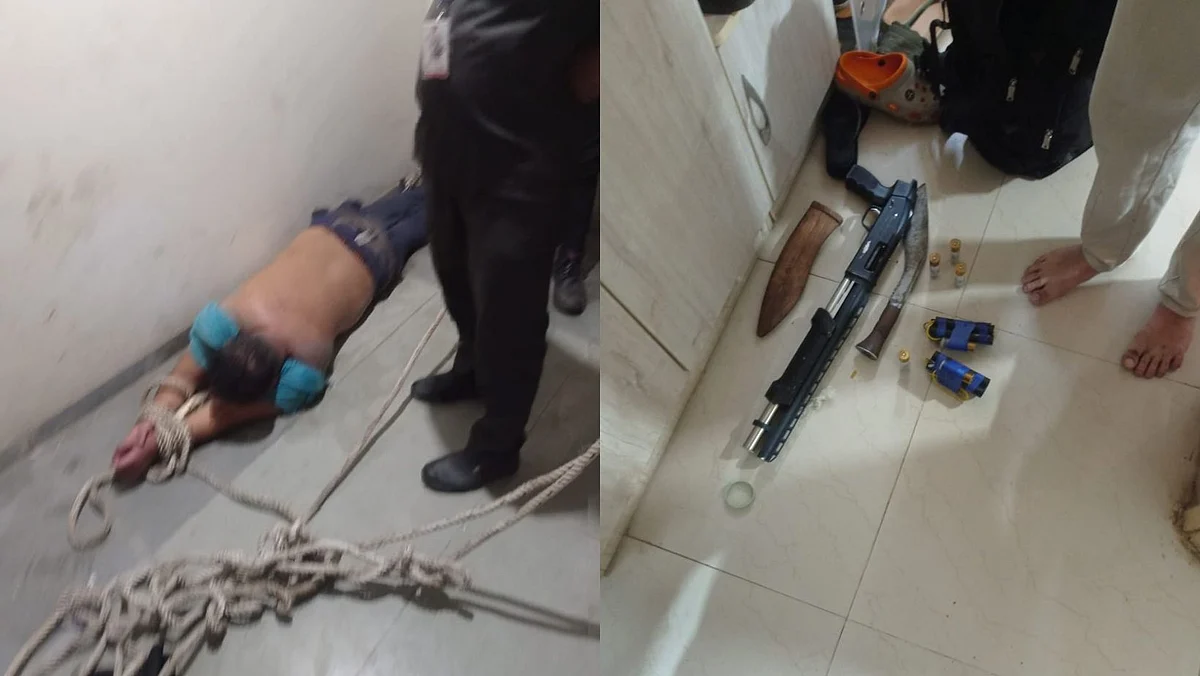In 2022, it was The Kashmir Files. In 2023, it was The Kerala Story. One film dealt with an extreme northern state, the other with an extreme southern. In this way, our pro-Hindutva, anti-Islamic forces had managed to cover the length of India, if not its breadth. Both films were designed to create hatred in the minds of Hindus for Muslims. This is scary. A friend tells me that in Maharashtra’s Aurangabad, they even held free screenings of The Kerala Story for women, as if to caution them against the so-called love trap that Muslim men deviously set for them. And women went to see the film in large numbers.
The question we asked in 2023 is whether we should resort to cancel culture and ban The Kerala Story. Mamata Banerjee, the West Bengal Chief Minister, seemed to think so. Columnist Vir Sanghvi argued that although he’s opposed to banning films in principle, The Kerala Story crossed all limits of acceptability and went against the Constitution. So, a call to ban the film was perhaps justified. Asaduddin Owaisi, Lok Sabha member, and actor Naseeruddin Shah said that they did not even intend to see the propagandist film that tarnished an entire community, the community to which both of them belong. After all, every community, and not just Muslims, has its black sheep. Shah was quoted by anchor Rajdeep Sardesai on India Today news channel as comparing The Kerala Story to anti-Semitic films promoted by Hitler’s Third Reich in Nazi Germany.
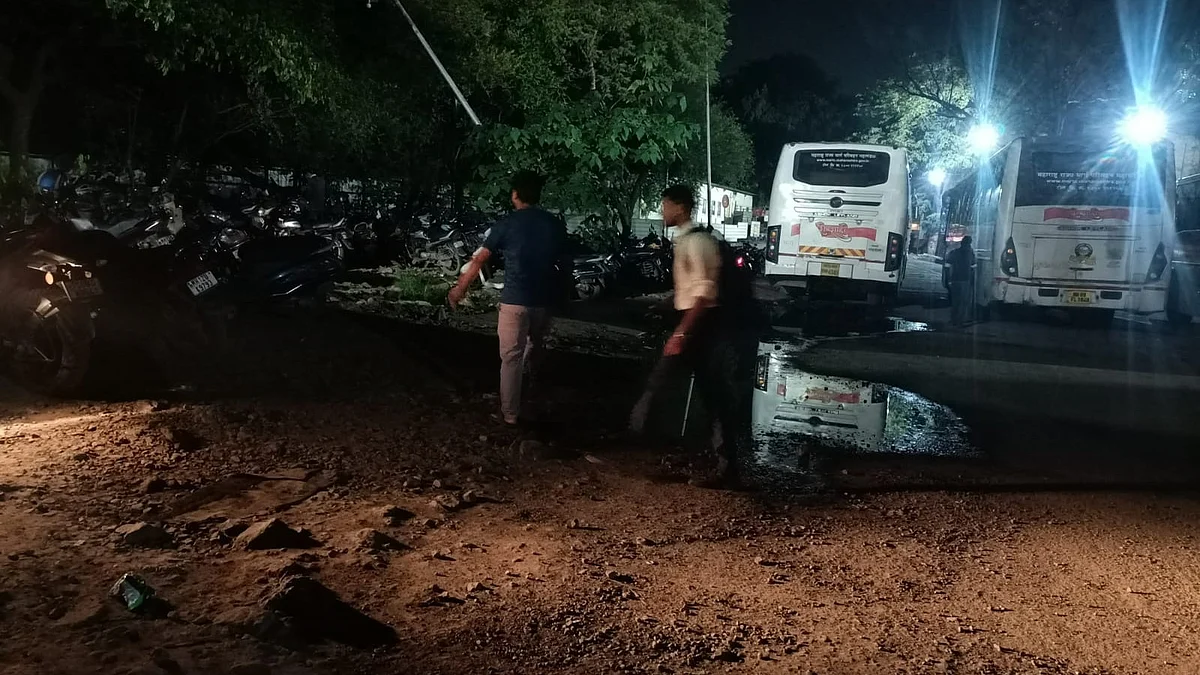
On the other hand, Shashi Tharoor and Shabana Azmi said they wanted the film to be screened, ostensibly to let the audience decide for itself.
The trouble with cancel culture is that it gives legitimacy to the reactionary right-wing to, at the drop of a hat, ask for a ban on films, books, and anything that offends their so-called religious sensibilities.
My view, therefore, was that everyone should see The Kerala Story and then expose its lies through comments in the press, on radio and television, on social media, and by word of mouth. For there is no doubt that the film is highly one-sided and exaggerated. It is hyperbole at its worst.
What is the film about?
The Kerala Story deals with the stories of three young women—Shalini and Geetanjali, both Hindu, and Neemha, a Christian. They are students of a nursing college in Kasargod, North Kerala. Geetanjali’s parents are actually atheists who think of religion as opium. The vulnerable girls are brainwashed by their fourth roommate, a radicalised Muslim woman in hijab, who openly mocks Hindu gods and speaks of Allah as the one and only true saviour. Shalini and Geetanjali are also romantically enticed by two handsome Muslim men, one of them a medical student, who successfully convert them to Islam. The girls are then introduced to bogus Muslim clerics with a view to sending them to Syria via Sri Lanka, Afghanistan, and Iran, to join the Islamic State of Iraq and Syria (ISIS).
The film attempts to mix ‘Love Jihad’ with Islamic militancy and terrorism. That the producer, Vipul Amrutlal Shah, chose to bring Love Jihad, which originated in Yogi Adityanath’s Uttar Pradesh, to Kerala, India’s most secular Communist state, speaks for itself. The intent clearly is mischief.

The men whom Shalini meets on her way to Syria are hardly devout Islamic believers whose mission in life is to spread the word of Allah. They turn out to be no more than misogynist murderers and rapists. In the end, Shalini is arrested in a foreign country without a passport. Geetanjali commits suicide when her boyfriend puts their intimate lovemaking scenes on social media, causing it to go viral. Neemha is gang-raped. The stories of all three girls who set out to become nurses to attend to the sick and dying thus end tragically.
Messages flashed on the screen at the beginning and end of The Kerala Story claim that the film is based on the testimonies of some 32,000 Hindu girls. Yet we are also told that the website which provided this information turned out to be non-existent.
Real story:
To find out for myself if the stories of Shalini, Geetanjali and Neemha portrayed in The Kerala Story are part of a pattern or mere isolated instances, I phoned a professor friend who teaches at the Central University of Kerala in Kasargod, and has lived in the town for over a decade. He had once invited me to read a paper at a seminar on documentary films held in his university.
“The film is 95% false and only 5% true,” the professor said. Apparently, the incident shown in the film had happened not in a nursing college but a dental college in Kasargod. But just eight students of the college were sent to Syria by Islamic fundamentalists, of whom seven were men and only one was a woman. Moreover, it wasn’t just Kerala from where the youngsters were sent to Syria. They were also sent there from Bhatkal in coastal Karnataka,” said the professor.
“As to the conversions to Islam, they are mostly resisted by the Christian community and not by others,” the professor pointed out. “Many of the conversions are voluntary. It is incorrect to suggest that all conversions are forced conversions. This belies the charge of Love Jihad,” he added.
The professor also told me that the locales shown in the film are not Kasargod. Kasargod does not have a single pub or mall, where Shalini, Geetanjali and Neemha are disrobed for not sporting the hijab. Nor does it have the kind of wide sprawling beaches in which some scenes are shot, which really seems to be somewhere in the Konkan. (I realised this while seeing the film, for after the seminar in Kasargod, I sauntered off to the beach for a stroll). To shoot the film elsewhere and call it Kasargod may have been part of the strategy to deceive the audience and malign the non-BJP-ruled state.
Now, two years down the road, The Kerala Story is in the news again, having won two national awards for best direction and best cinematography. The lone jury member who opposed the award is filmmaker Pradeep Nair, who wondered how a propagandist film that defamed Kerala could be considered for a national award. “As a Malayali on the panel, I raised serious objections,” Nair reportedly said.
Nair’s views are echoed by Kerala Chief Minister Pinarayi Vijayan. He calls the film “distorted” and says it pits communalism against secularism.
FTII students protest
But the polarisation triggered by the film isn’t just about being a Keralite versus being an outsider. One of the strongest criticisms against the film and the award comes from the students of Pune’s Film and Television Institute of India (FTII). In a lengthy statement issued by the students, they took the Union government head on, and used adjectives like ‘propaganda,’ ‘hate-filled’ and ‘majoritarian’ to denounce the film. Calling the film a “weapon,” they said that the decision to award it was “dangerous.”
What worries the FTII students is that “Islamophobia is now award-worthy,” and the movie industry that they are training to be a part of “is being reshaped to reward lies, bigotry and fascist ideology.”
With The Kashmir Files dealing with the North, and The Kerala Story concerning the South—with films like Bastar: The Naxal Story, set in Central India, also thrown in for good measure—it is perhaps time for our Propaganda Express to head East (or Northeast). So, perhaps it will not be long before we can expect a film with a title like, say, The Manipur Machinations? That way, all of India will be covered.
(The writer is a well-known author and former head of the English Department at Savitribai Phule Pune University)



